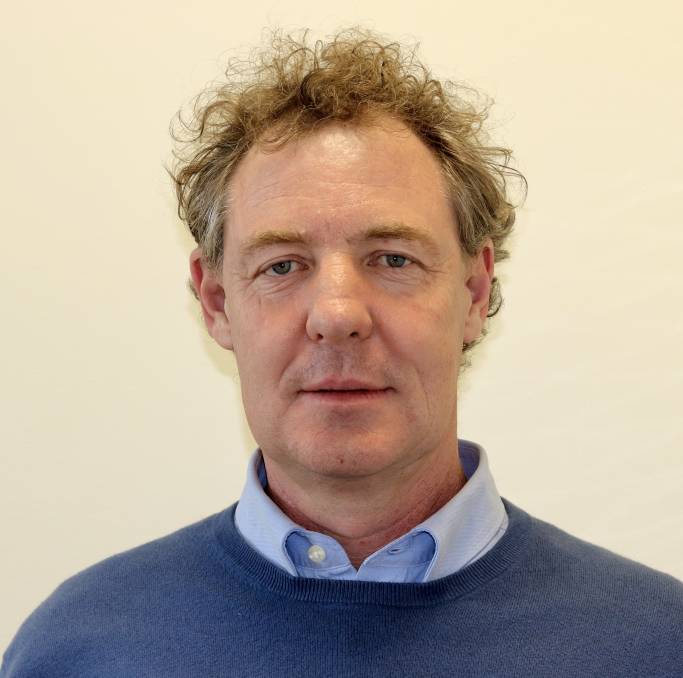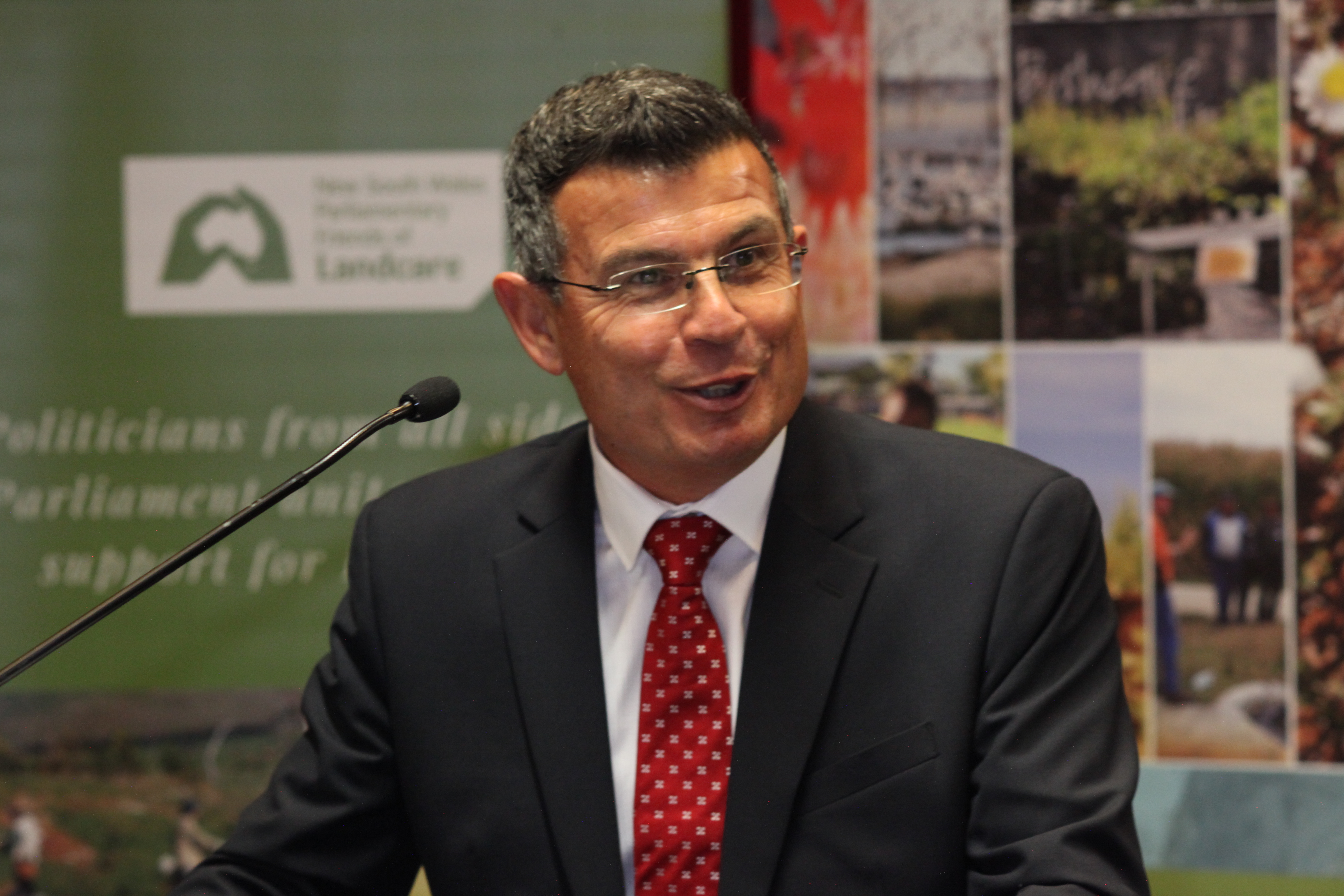By Landcare NSW CEO, Dr Adrian Zammit.
Every day we hear how COVID-19 vaccines are being rolled out across Australia to put a lid on this pandemic and allow us all to resume our lives as they were before. Every day we also hear about excessive carbon emissions and the resulting climate change and how this will change our lives. Unfortunately, we do not have a vaccine for climate change. Instead, decarbonisation of our economy will require productive partnerships between governments, corporates and communities. I believe that Landcare is the partner of choice for government and corporates in our collective fight against climate change.
Landcare NSW and its member groups recognise the significant challenges of climate change and its impacts on farming systems, environmental conservation, and communities. Through peer-to-peer learning across fence lines, more formalised community workshops, and by implementing projects in urban, rural, and regional NSW, Landcare groups are pioneering ideas that drive practice change towards more sustainable farming and increased biodiversity protection.
At a state level, Landcare NSW is actively engaging with its partners in Government and the corporate sector to help facilitate the changes needed. By working with the members of the NSW Parliamentary Friends of Landcare or through our formal partnership arrangements with Local Land Services, the NSW Biodiversity Conservation Trust, the Department of Planning, Industry and Environment, Saving our Species, corporates and other NGOs, Landcare NSW ensures that sustainable farming, conservation, and resilient communities are at the heart of government and corporate policies and projects. Only this week we celebrated the launch of the Federal Parliamentary Friends of Landcare in Canberra, a positive step forward as we position Landcare as a key stakeholder in our sustainable future. I believe that these mutually beneficial partnerships are fundamental to the future success of Landcare NSW and its member community as they highlight Landcare as the ideal delivery partner for regional, state and nation-wide projects, programs and other initiatives, for which success is underpinned by community engagement.
The COVID-19 crisis has reminded us that our well-being is dependent on the well-being of our planet. Time is running out. We must work together to take bold actions to protect, restore and sustainably manage our environment while safeguarding our economic well-being before it is too late. Landcare, working hand-in-hand with Government and corporates, is perfectly placed to play a significant role in sustainable farming, conservation and healthy communities.
 Opinion editorial courtesy of the National Landcare Network and NLN Chair Dr Patrick O’Connor
Opinion editorial courtesy of the National Landcare Network and NLN Chair Dr Patrick O’Connor While Australia grapples with the COVID-19 pandemic which poses an acute threat to our wellbeing and way of life, climate change and its many manifestations remains a serious and chronic threat to life as we know it.
While Australia grapples with the COVID-19 pandemic which poses an acute threat to our wellbeing and way of life, climate change and its many manifestations remains a serious and chronic threat to life as we know it.